Creole vs Cajun: A Spicy Showdown of Flavor, Culture & Kitchen Magic!
Table of Contents
- Introduction
- The Roots: Creole vs Cajun Origins
- Flavor Profiles: How They Differ (and Why It Matters)
- Creole vs Cajun Spice Blends: The Ultimate Breakdown
- 5 Pro Tips for Using Creole and Cajun Seasonings Like a Chef
- Signature Dishes to Try at Home
- Buying Guide: Choosing the Right Spice Blend
- Conclusion: Which One Should You Choose?
Introduction
If you've ever stared at the spice aisle wondering what separates Creole seasoning from Cajun seasoning, you're not alone. Both are pillars of Southern cooking, especially in Louisiana, but they come with distinct flavors, histories, and kitchen applications.
In this article, we’ll take you on a flavorful journey through the worlds of Creole and Cajun cuisine — from their origins to the spices that define them. Plus, you’ll get our top tips for using these seasonings like a pro, and a guide to choosing the best blends for your next cooking adventure.
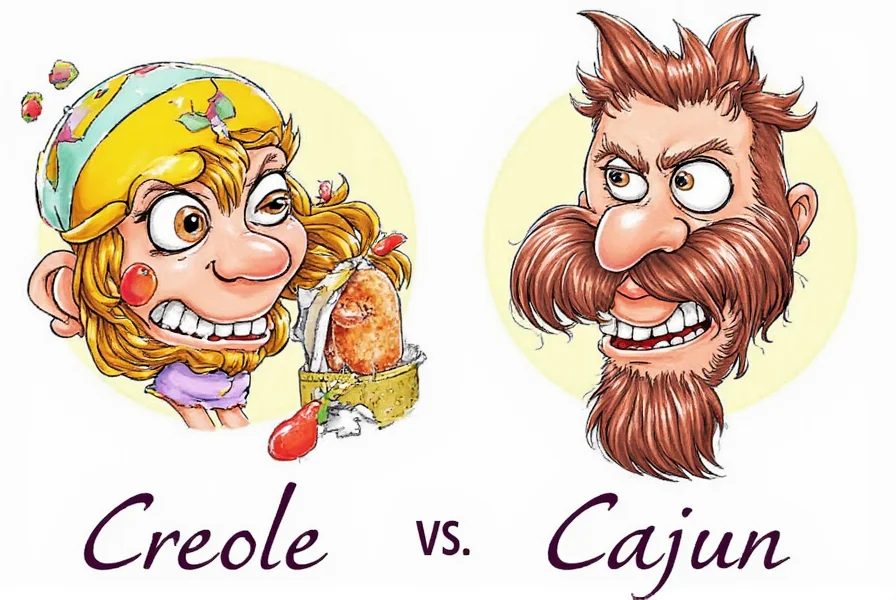
The Roots: Creole vs Cajun Origins
To truly understand the difference between Creole and Cajun cuisine, we need to travel back in time — all the way to colonial Louisiana.
Creole Cuisine: The City’s Melting Pot
Creole cuisine originates from New Orleans, a bustling port city where French, Spanish, African, German, and Italian influences mingled. This fusion created a rich, diverse culinary tradition known as Creole.
Think of Creole food as the urban cousin — cosmopolitan, layered, and full of complex flavors. Dishes like gumbo, jambalaya, and étouffée reflect this cultural melting pot.
Cajun Cuisine: The Country's Heartbeat
Cajun cuisine, on the other hand, comes from the rural areas of Louisiana. Its roots trace back to the Acadians — French-speaking settlers expelled from Canada in the 18th century who eventually settled in Louisiana’s bayous.
Cajun cooking is hearty, rustic, and built around what was available locally — lots of pork, crawfish, and vegetables. Think cast-iron pots, open fires, and bold flavor bombs.
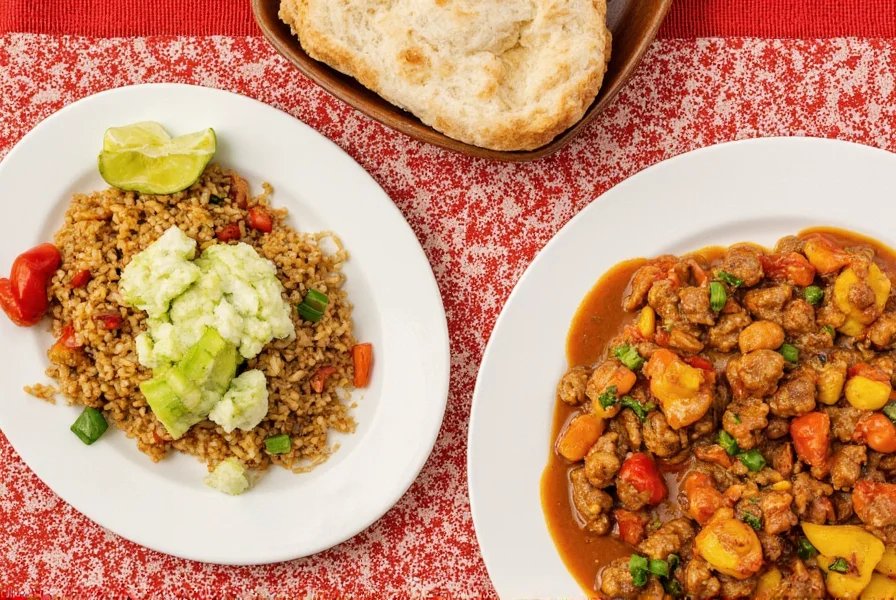
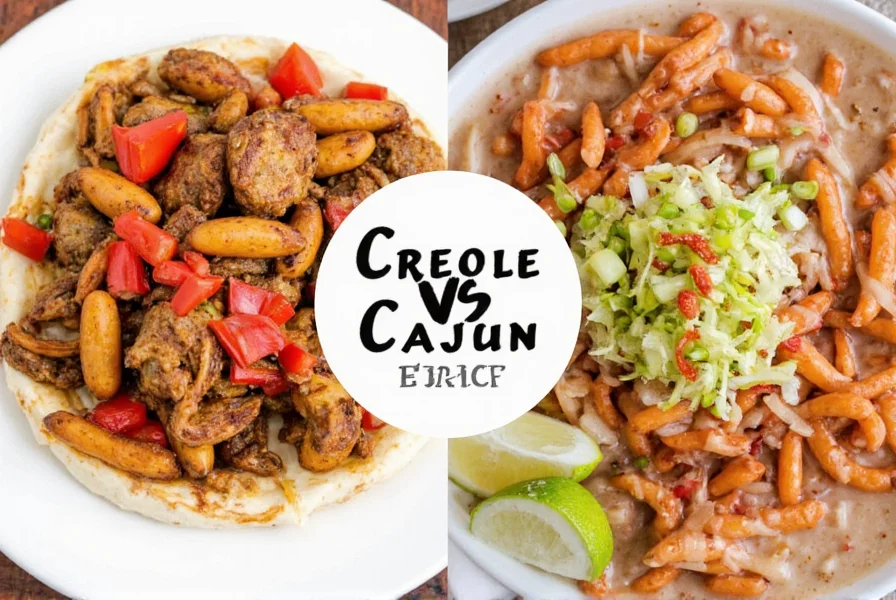
Flavor Profiles: How They Differ (and Why It Matters)
At first glance, Creole and Cajun seasonings might look similar, but their flavor profiles are like night and day.
Creole: The Herbal Alchemist
Creole seasoning leans on herbs like oregano, thyme, basil, and sometimes even parsley. It also tends to include more paprika and garlic powder, giving it a sweet, earthy, and aromatic base.
This makes Creole seasoning perfect for dishes where you want the flavor to build slowly — think soups, stews, and seafood dishes.
Cajun: The Firestarter
Cajun seasoning goes straight for the heat. It often features more black pepper, white pepper, and cayenne than its Creole counterpart. There's less emphasis on herbs and more on bold, spicy warmth.
Cajun blends are ideal for grilling, roasting, or adding instant kick to meats, veggies, or fries. If you love a little fire in your food, Cajun is your go-to.
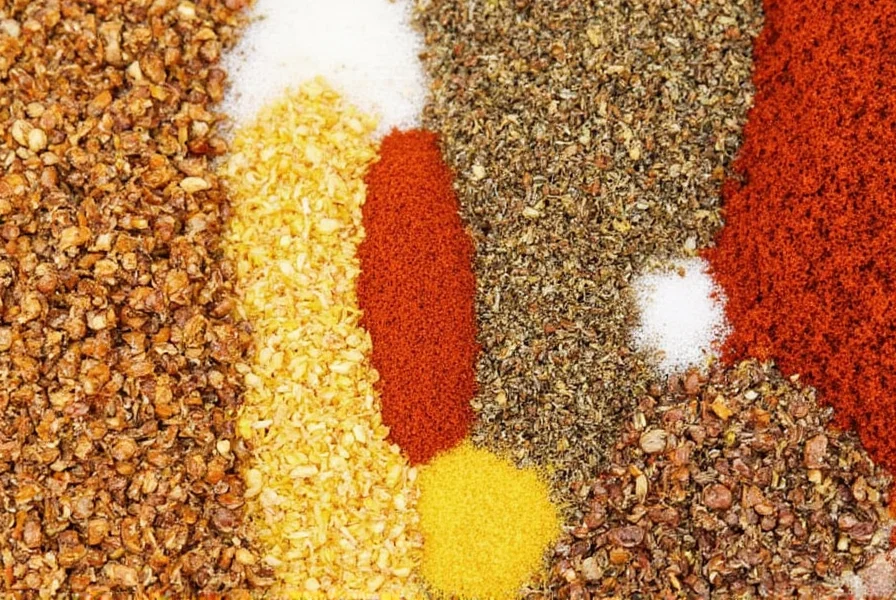

Creole vs Cajun Spice Blends: The Ultimate Breakdown
| Feature | Creole Seasoning | Cajun Seasoning |
|---|---|---|
| Base Ingredients | Salt, paprika, garlic powder, onion powder, oregano, thyme, basil | Salt, cayenne pepper, black pepper, garlic powder, onion powder, paprika |
| Heat Level | Mild to medium | Medium to very hot |
| Herb Content | High (aromatics dominate) | Low (pepper-forward) |
| Best For | Seafood, rice dishes, soups, sauces | Meat rubs, grilled chicken, roasted veggies, fried foods |
5 Pro Tips for Using Creole and Cajun Seasonings Like a Chef
- Don’t Overdo the Salt: Most commercial blends are salt-heavy. Start with a small amount and adjust to taste.
- Dry Rubs Rule: Use Cajun seasoning as a dry rub on chicken or pork before grilling or baking. Add a touch of oil to help the spices stick.
- Layer Your Flavors: Sprinkle Creole seasoning early in the cooking process so the herbs have time to bloom and infuse the dish.
- Make Your Own: Create custom blends by adjusting the herb and heat levels. Want more smoky depth? Add smoked paprika!
- Pair Smartly: Cajun pairs well with lime and avocado (think tacos), while Creole complements tomatoes and creamy sauces beautifully.
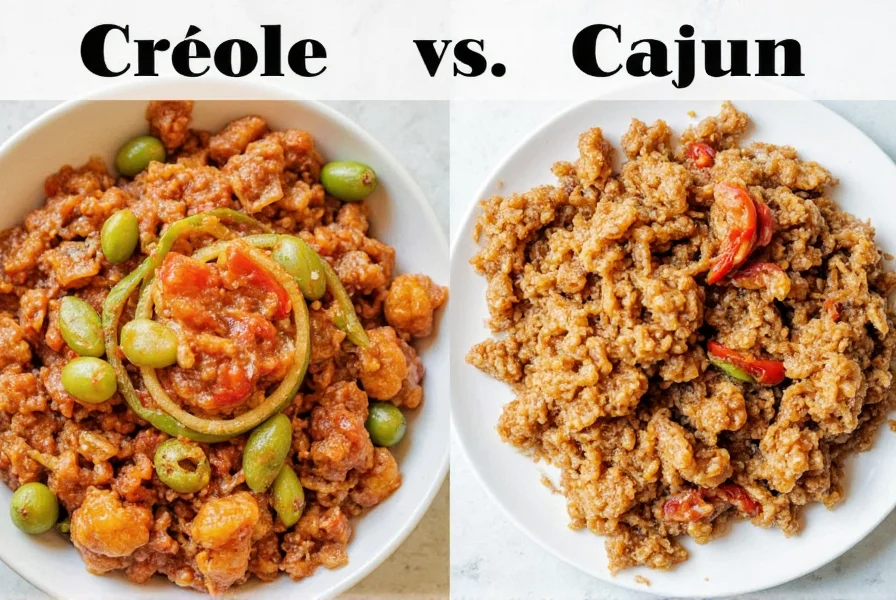
Signature Dishes to Try at Home
Ready to put your newfound knowledge to work? Here are two classic recipes — one Creole, one Cajun — to ignite your kitchen creativity.
Creole Dish: Shrimp Étouffée
- Main Ingredients: Shrimp, butter, flour, onions, celery, bell peppers, garlic, Creole seasoning, chicken stock
- Key Tip: Make a dark roux for deeper flavor and finish with a splash of hot sauce and green onions.
Cajun Dish: Chicken and Sausage Gumbo
- Main Ingredients: Chicken thighs, andouille sausage, onions, celery, bell peppers, garlic, Cajun seasoning, okra, filé powder
- Key Tip: Simmer low and slow, and don’t skip the trinity (onion, celery, pepper) — it’s the backbone of any great gumbo.


Buying Guide: Choosing the Right Spice Blend
With so many options lining the shelves, picking the right blend can be overwhelming. We’ve got you covered with a breakdown of popular products and how to choose based on your cooking style.
Top Picks for Creole Seasoning
- Rex Original Creole Seasoning
- Features: Balanced blend with strong herbal notes
- Use Case: Seafood boils, gumbos, and dressings
- Target Audience: Home cooks and Creole purists
- Suitable Occasion: Family dinners and casual gatherings
- Tony Chachere's Creole Seasoning
- Features: Slightly spicier than others
- Use Case: Grilled fish, po'boys, and rice dishes
- Target Audience: Bold flavor lovers
- Suitable Occasion: Weeknight meals with flair
Top Picks for Cajun Seasoning
- Slap Ya Mama Cajun Seasoning
- Features: Classic blend with a punch of heat
- Use Case: Ribs, grilled shrimp, and fries
- Target Audience: Grill masters and spice enthusiasts
- Suitable Occasion: BBQ parties and game-day snacking
- Zatarain’s Cajun Seasoning
- Features: Mild yet flavorful option
- Use Case: Rice mixes, stews, and kids’ meals
- Target Audience: Families and beginners
- Suitable Occasion: Family-friendly dinners
Conclusion: Which One Should You Choose?
So, when it comes down to Creole vs Cajun seasoning, the answer isn’t about which is better — it’s about which fits your mood, meal, and palate best.
- Choose Creole if you’re going for a refined, aromatic flavor profile — perfect for seafood, rice dishes, and creamy sauces.
- Go with Cajun when you want bold, spicy kick — ideal for grilled meats, roasted veggies, or anything that needs a flavor boost.
And remember: you’re never limited to just one. Mix them, match them, and make them your own. After all, that’s the spirit of Louisiana cooking — fearless, fun, and always full of flavor.
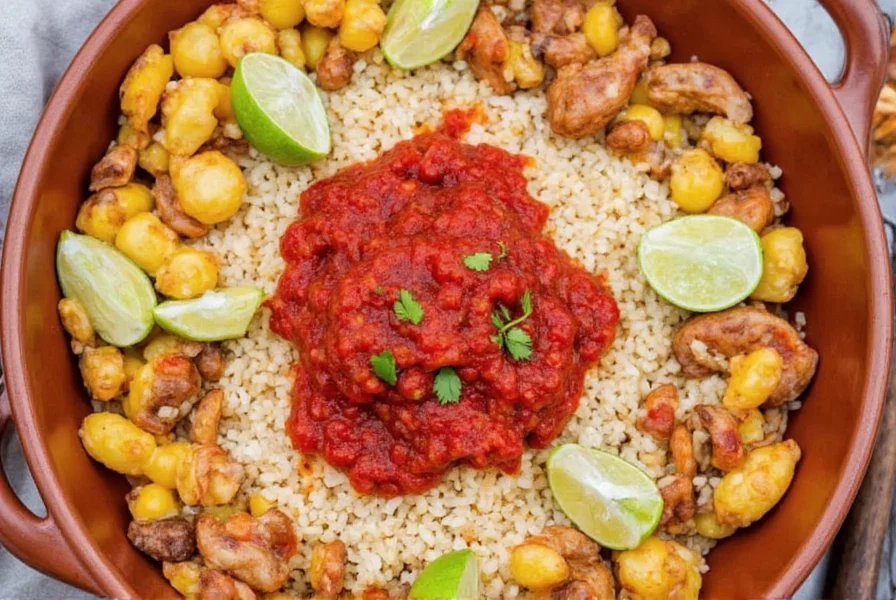











 浙公网安备
33010002000092号
浙公网安备
33010002000092号 浙B2-20120091-4
浙B2-20120091-4